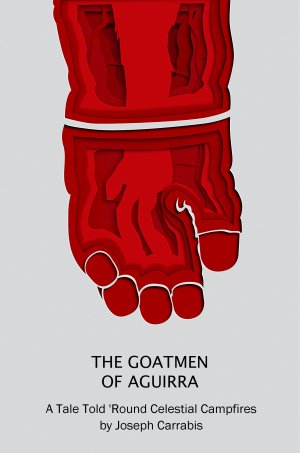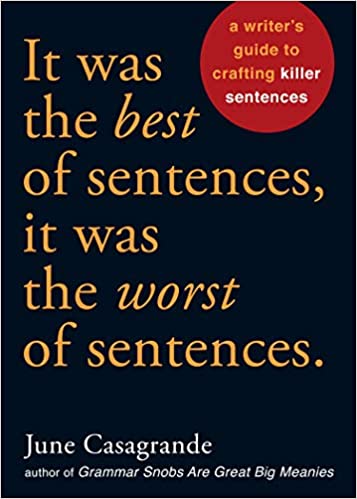The Goatmen of Aguirra is one of my favorite stories and, based on comments, popular among my readers (thankee!). It appears in my self-published Tales Told ‘Round Celestial Campfires, as an individual ebook The Goatmen of Aguirra: A Tale Told ‘Round Celestial Campfires, and was serialized in Piker Press in 2019.
I’m sharing it here because a friend is having some challenges using 1st Person POV, and The Goatmen of Aguirra uses 1st Person POV throughout.
Read The Goatmen of Aguirra, Part 11.
Hope you enjoy.

The Goatmen of Aguirra (Part 11)
I don’t know how long I’ve been here at this point. I’ve been making records as often as I think to, always when I wake up, but have no idea of how long it has been.
Hepob and all the other females of kid-bearing age are due soon, if not today. I wonder who Hepob’s mate is, or if she even has one. For that matter, why are there only two sexes here? Why not one, or ten? There is a life form on Chalderon that was at first thought to use seven hosts before it could reproduce. We discovered too late there were seven sexes and each played a significant part in the fertilization and development of the embryo.
Unfortunately, only the last sex was sentient, and when your life cycle is several thousand years and your planet is colonized right before the end of your mating period?
It is too horrible to think about.
Tenku is here. It’s black root time.
Greetings! I’m your friendly, neighborhood Threshold Guardian. This is a protected post. Protected posts in the My Work, Marketing, and StoryCrafting categories require a subscription (starting at 1$US/month) to access. Protected posts outside those categories require a General (free) membership.
Members and Subscribers can LogIn. Non members can join. Non-protected posts (there are several) are available to everyone.
Want to learn more about why I use a subscription model? Read More ch-ch-ch-ch-Changes Enjoy!


